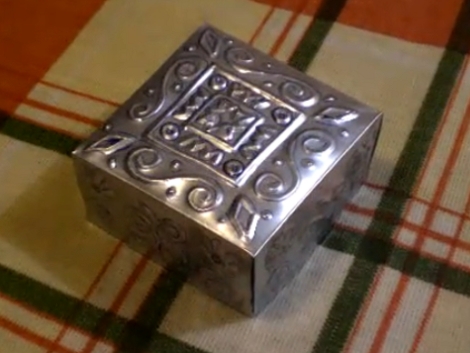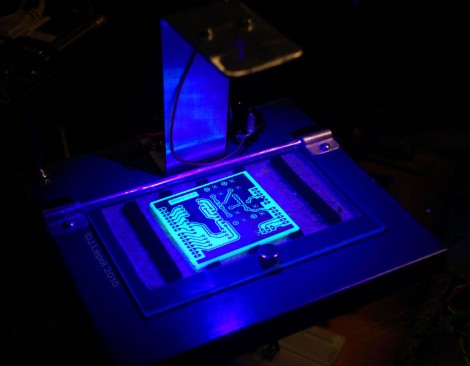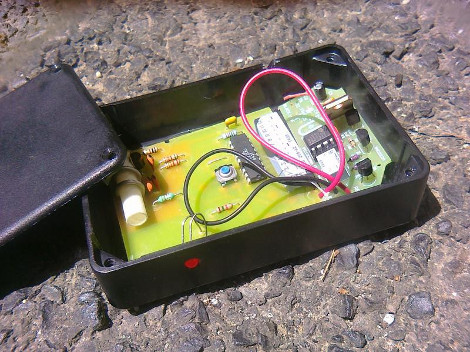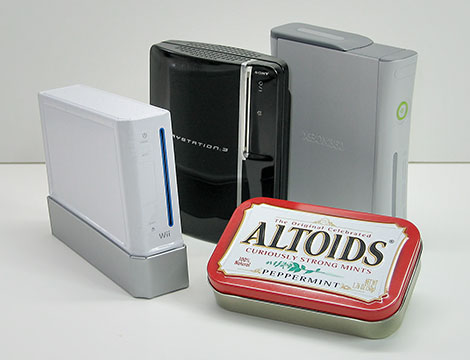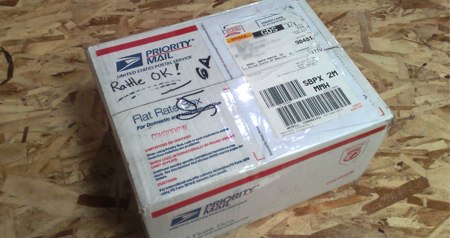This shiny little box was made from a soda can. You don’t need much to pull this off; an aluminum can, sand paper, scissors, a ballpoint pen, a straight edge, and some time. The embossing is done with the tip of the pen, but there’s a bit of a trick to it. The designs are first pressed into the metal from the underside of the aluminum. It is then flipped over and the outlines are traced, with one last tracing of the shape from the underside once that is completed. We think you’ll agree that this results in an impressive relief of the design.
This would make a nice project for that wedding ring you’ve been carrying around sans-case. Or perhaps this is just what you needed as an enclosure for your next project. You’ll find an instructional video after the break.

